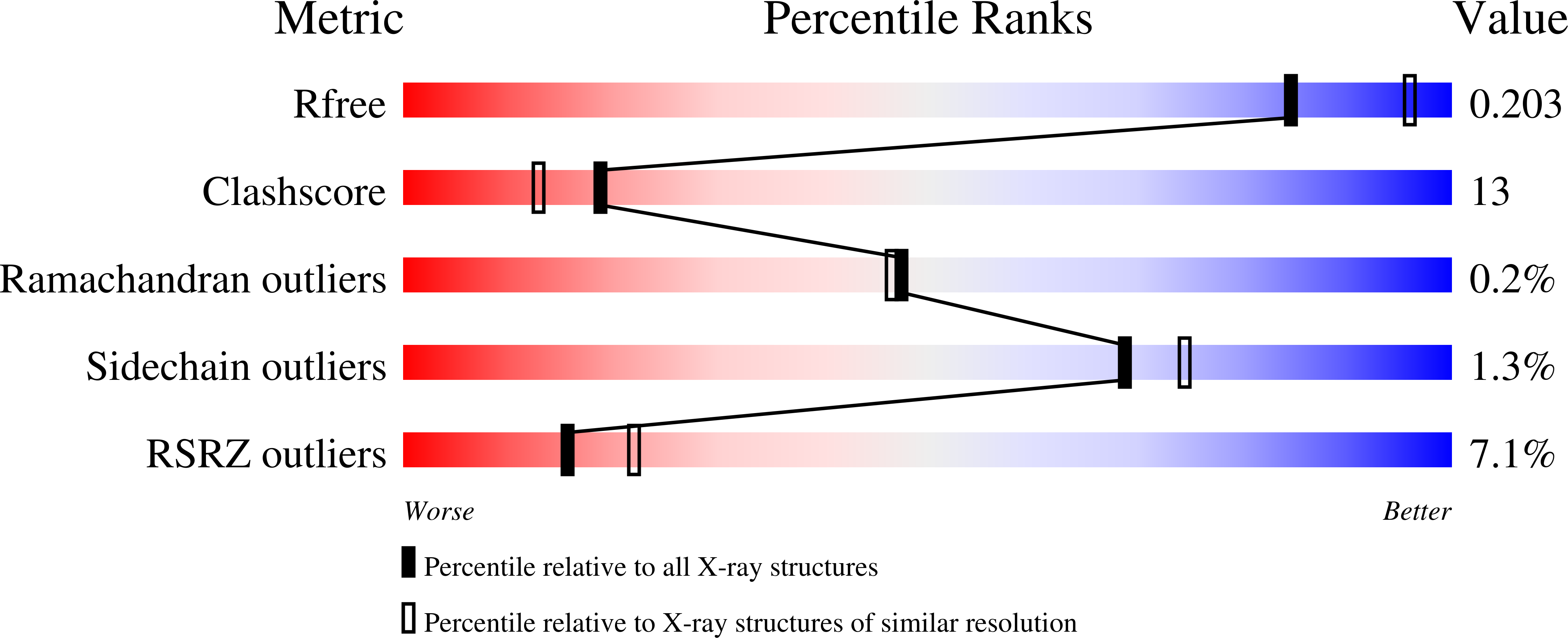
Deposition Date
2004-05-06
Release Date
2004-08-03
Last Version Date
2021-11-10
Entry Detail
PDB ID:
1T6D
Keywords:
Title:
MIRAS phasing of the Aquifex aeolicus Ppx/GppA phosphatase: crystal structure of the type II variant
Biological Source:
Source Organism:
Aquifex aeolicus (Taxon ID: 224324)
Host Organism:
Method Details:
Experimental Method:
Resolution:
2.15 Å
R-Value Free:
0.25
R-Value Work:
0.20
R-Value Observed:
0.20
Space Group:
P 1 21 1


